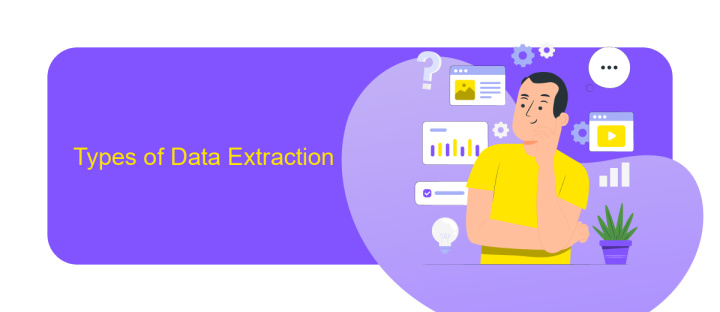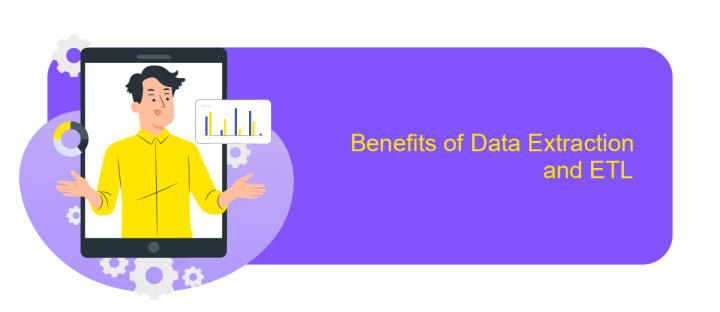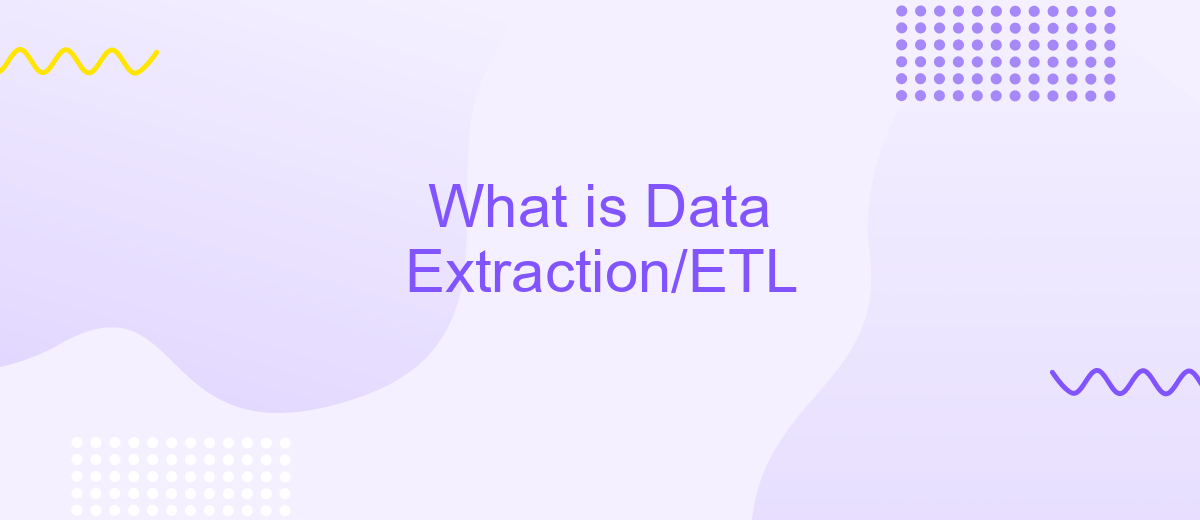What is Data Extraction/ETL
Data extraction, also known as ETL (Extract, Transform, Load), is a crucial process in data management that involves retrieving data from various sources, transforming it into a suitable format, and loading it into a target system for analysis and reporting. This process enables organizations to consolidate and utilize data effectively, driving informed decision-making and operational efficiency.
What is Data Extraction?
Data extraction is the process of retrieving data from various sources for further processing or storage. This is a crucial step in the ETL (Extract, Transform, Load) pipeline, enabling organizations to gather valuable information from disparate systems and formats.
- Automated data extraction tools
- Manual data extraction methods
- Web scraping techniques
- Database querying
Efficient data extraction ensures that the data is accurate, up-to-date, and ready for analysis. Services like ApiX-Drive can simplify the integration process by automating data extraction from multiple sources, thereby reducing manual effort and increasing productivity. By leveraging such tools, businesses can focus on deriving insights and making data-driven decisions.
Types of Data Extraction

Data extraction is a crucial step in the ETL (Extract, Transform, Load) process, and it can be performed in various ways depending on the source and the requirements. The first type is full extraction, where all data from the source is extracted at once. This method is often used when dealing with small datasets or when the source system does not support incremental extraction. It ensures that all data is captured, but it can be time-consuming and resource-intensive.
Another type is incremental extraction, which only extracts data that has changed since the last extraction. This method is more efficient and is suitable for large datasets or systems with frequent updates. Incremental extraction reduces the load on the source system and speeds up the ETL process. Tools like ApiX-Drive can facilitate incremental extraction by automating the process and integrating various data sources seamlessly. ApiX-Drive supports multiple integrations, making it easier to set up and manage data flows without extensive coding or manual intervention.
ETL Process Overview

The ETL process, which stands for Extract, Transform, Load, is essential for managing data in modern enterprises. It involves extracting data from various sources, transforming it into a suitable format, and loading it into a target system, such as a data warehouse or database. This process ensures that data is clean, consistent, and ready for analysis.
- Extract: Data is collected from multiple sources, including databases, APIs, and flat files. This step focuses on gathering all necessary data while ensuring minimal disruption to the source systems.
- Transform: The extracted data is then transformed to fit the target system's requirements. This may involve data cleaning, filtering, aggregation, and conversion. Tools like ApiX-Drive can automate these transformations, making the process more efficient.
- Load: Finally, the transformed data is loaded into the target system. This step must be carefully managed to avoid data loss or corruption. ApiX-Drive can facilitate seamless integration with various data destinations, ensuring data integrity.
ETL processes are crucial for organizations that rely on data-driven decision-making. By automating and streamlining these steps, businesses can ensure that their data is accurate and readily available for analysis. Services like ApiX-Drive offer robust solutions to simplify and enhance the ETL process, making it accessible even for non-technical users.
Benefits of Data Extraction and ETL

Data extraction and ETL (Extract, Transform, Load) processes offer numerous benefits for businesses aiming to leverage their data effectively. By automating data extraction from various sources, companies can save significant time and resources, allowing their teams to focus on more strategic tasks.
One of the key advantages of data extraction and ETL is the ability to consolidate data from disparate systems into a single, unified view. This enables better decision-making and provides a comprehensive understanding of business operations. Additionally, these processes help in maintaining data accuracy and consistency, which are crucial for reliable analytics and reporting.
- Improved data quality and consistency
- Enhanced decision-making through unified data views
- Time and resource savings through automation
- Scalability to handle large volumes of data
- Streamlined data integration with tools like ApiX-Drive
Services like ApiX-Drive can simplify the integration process, allowing businesses to connect various applications and automate data workflows effortlessly. By leveraging such tools, companies can ensure seamless data extraction and ETL operations, ultimately driving better business outcomes.


Challenges in Data Extraction and ETL
Data extraction and ETL processes face numerous challenges that can hinder their efficiency and accuracy. One of the primary issues is data quality. Inconsistent, incomplete, or corrupted data can lead to inaccurate analyses and decisions. Ensuring data integrity requires robust validation and cleaning mechanisms. Another significant challenge is handling large volumes of data, especially in real-time scenarios. Scalability and performance optimization are crucial to process vast datasets without delays or errors.
Integration of various data sources also poses a challenge. Different systems often have incompatible formats, making it difficult to consolidate data seamlessly. Tools like ApiX-Drive can simplify this process by providing automated integration solutions that bridge gaps between disparate systems. Additionally, maintaining data security and compliance with regulations such as GDPR or HIPAA is essential. Implementing secure data transfer protocols and access controls is necessary to protect sensitive information. Addressing these challenges effectively is vital for successful data extraction and ETL operations.
FAQ
What is Data Extraction/ETL?
Why is ETL important?
What are the main components of the ETL process?
How can I automate the ETL process?
What are the benefits of using an ETL tool?
Apix-Drive is a simple and efficient system connector that will help you automate routine tasks and optimize business processes. You can save time and money, direct these resources to more important purposes. Test ApiX-Drive and make sure that this tool will relieve your employees and after 5 minutes of settings your business will start working faster.

